 Dry Fasting: Benefits and How to Do It Right
Dry Fasting: Benefits and How to Do It Right
Dry fasting is one of the oldest practices that has been employed for thousands of years for health, religious, and spiritual reasons. Fasting is a practice of not consuming food for a period of time – for part of a day, an entire day, or several days, and relying on water or other non-caloric drinks, such as herbal tea instead.
Dry fasting takes this practice a step further by refraining from water and other liquids as well for the fasting period. You may wonder if this is safe and what are the benefits of trying a dry fast.
In this article, I will be answering all your questions about dry fasting. You will learn what it is, its cultural and religious prevalence, and how it increases autophagy. I will share the main benefits of dry fasting, its two forms, and some tips on how to practice it safely. You will also learn who can benefit and who should not be dry fasting.
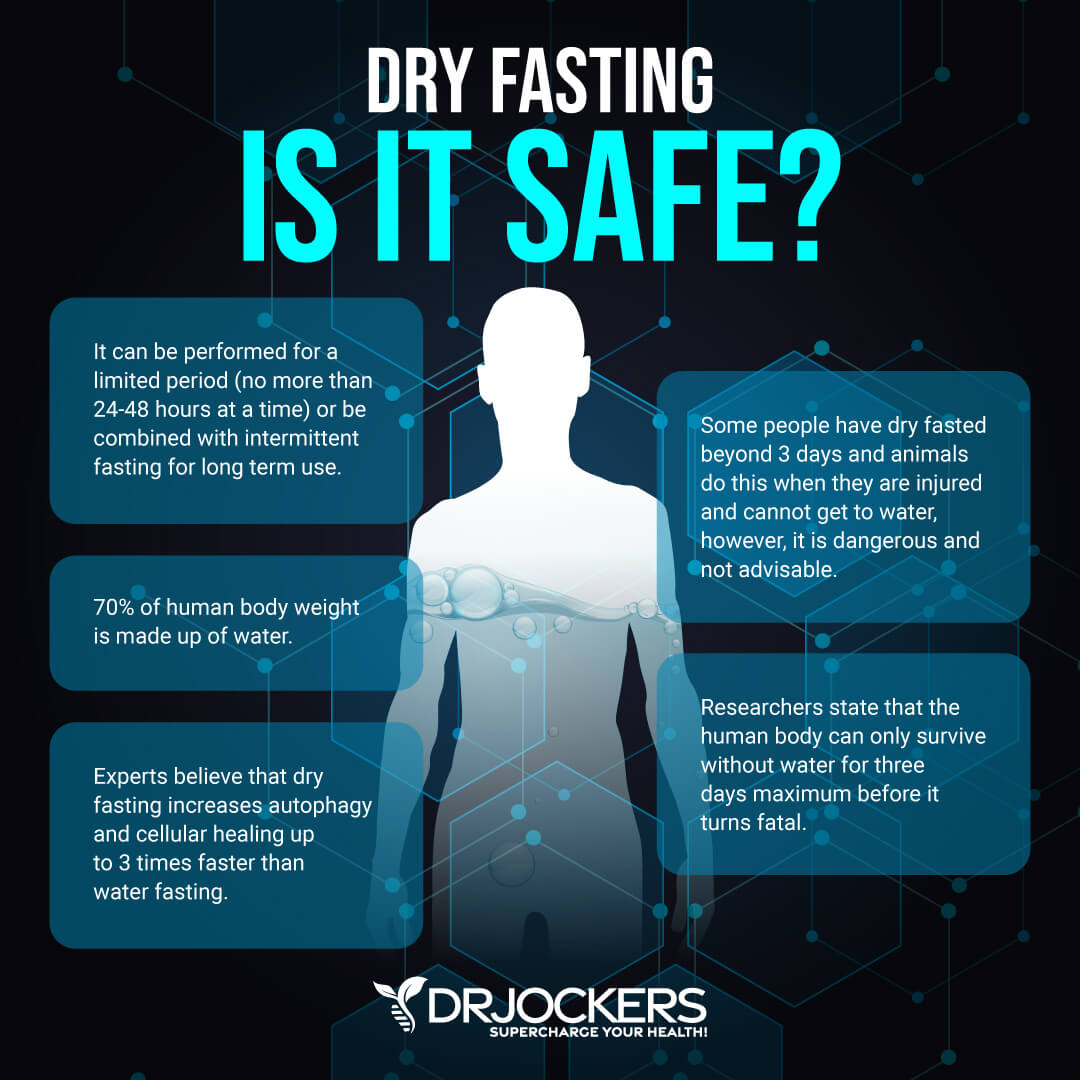
What Is Dry Fasting
You’ve probably heard about fasting before, but you might not know what dry fasting is. When you are fasting, usually you are not allowed to eat any food for a certain period of time. In most cases, however, you are allowed to drink water, maybe herbal tea. Some partial fasting routines even allow green juices or bone broth.
Dry fasting is a specific form of fast that doesn’t allow any water or other liquid either. The reason for restricting water as well is to accelerate some of the benefits of a water fast or other fasting routines, including higher autophagy, reduced inflammation, and increased metabolic health.
It’s important to note that dry fasting is a very advanced fasting strategy. It is important that you have previous experience with other forms of fasting before embarking on this journey. Eating a ketogenic diet can be helpful to prepare you for the effects of fasting and reduce hunger, cravings, or thirst during your dry fast.
When done correctly, dry fasting has several science-backed benefits, including reduced inflammation, balanced blood glucose, increase neuron production (neurogenesis), better brain plasticity, lower blood pressure, improved insulin levels, and lower oxidative markers (1).
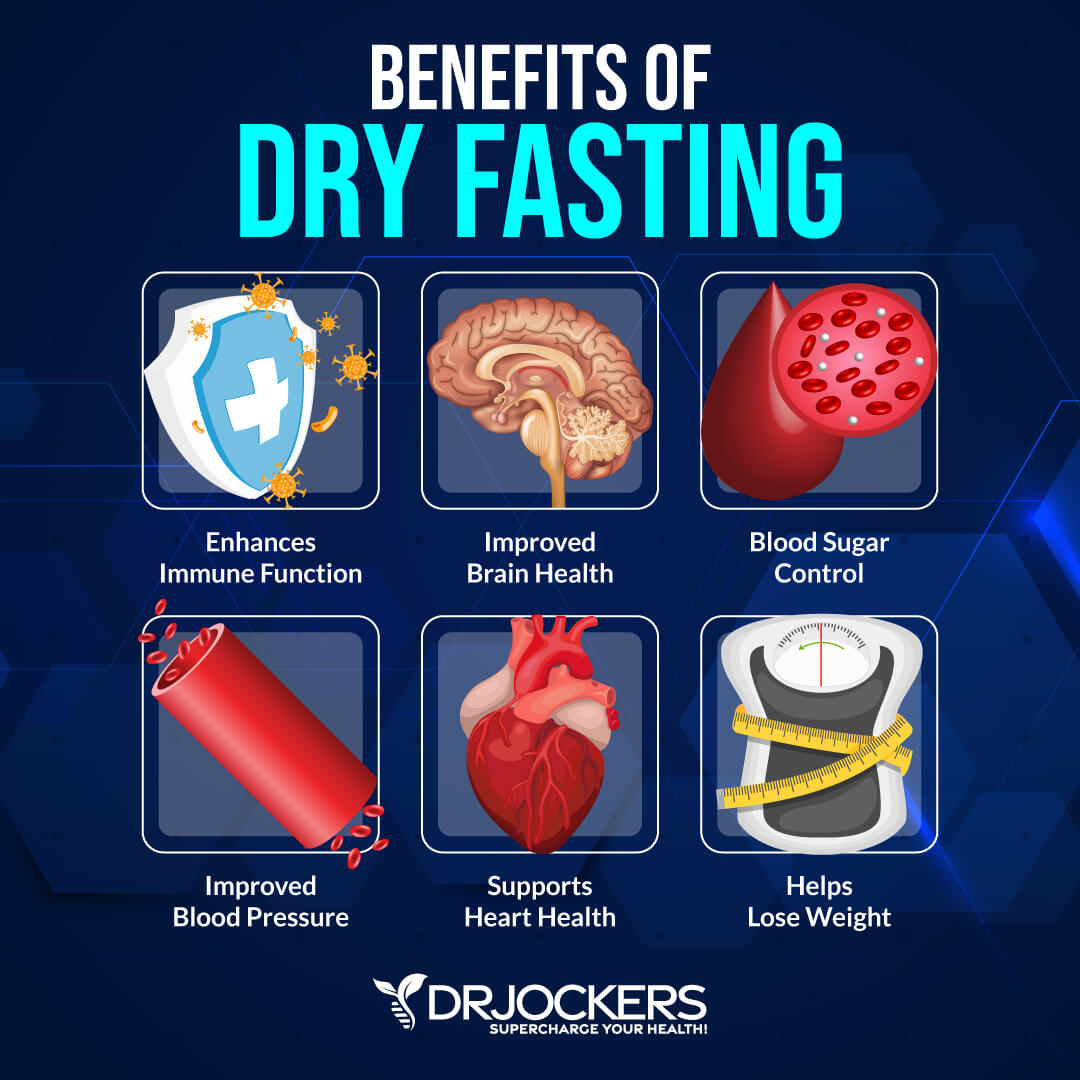
Dry Fasting in Major Religions
Dry fasting is one of the least known forms of fasting even in the fasting and health world. Some people consider it dangerous. However, this practice has a surprisingly long history across different cultures and religions.
For example, Muslims fast each year during Ramadan, the ninth month of the Islamic calendar. During this time they do a total fast which means that they don’t eat any food or drink any water during daylight hours. It is usually 12 hours on average, however, in some regions, it may be up to 22 hours per day (3).
Fasting is not particular to Islam and the Muslim culture either. Fasting has been used across different regions and religions as a form of cleansing, self-discipline, or religious ritual. The Bible has several references to fasting and dry fasting (4).
“Moses neither ate bread, nor drank water for forty days and forty nights.” (Exodus 34:28)
“Esther calls all Jewish people everywhere to neither eat nor drink for three days, night or day.” (Esther 4:16)
“The king of Ninevah repents and declares that people and animals do a dry fast.” (Jonah 3:7-8)
In Christianity, fasting happens during Lent and Advent, in Judaism, during Yom Kippur, in Mormonism, on one Sunday of each month, and in Islam, during Ramadan. In Buddhism, people use fasting to aid meditation, and in Jainism, to reach transcendence. Jewish, Mormon, and Islamic fasts are dry fasts since they prohibit water along with food as well.
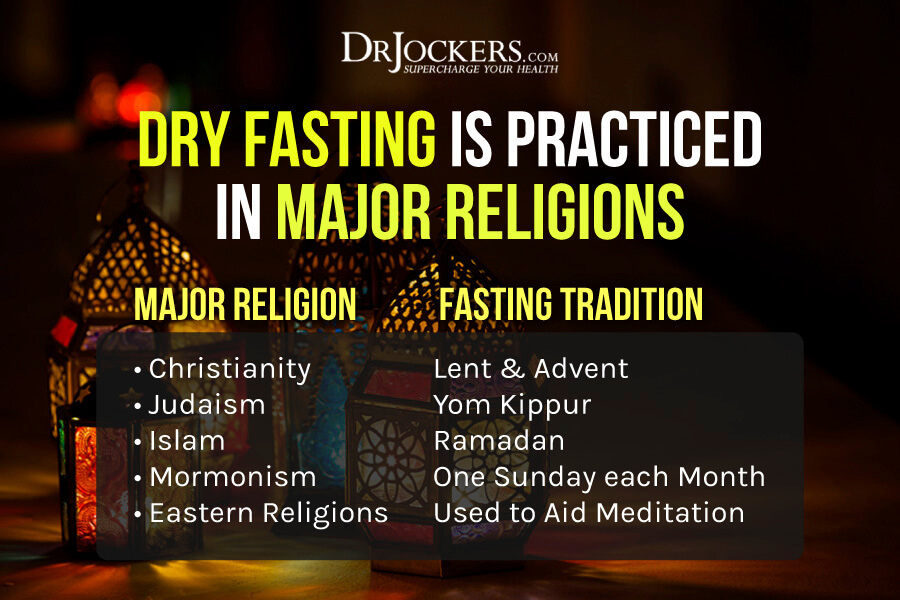
Dry Fasting and Autophagy
Autophagy is the process when your body breaks down old, damaged, or weakened cells or components of cells to recycle them for energy. This process allows room for and stimulates the creation of new, healthy, and more efficient cells.
Autophagy stimulates your immune system and helps to reduce chronic inflammation in your body. As a result, it may help to reduce the risk of modern-day diseases with underlying inflammation, such as metabolic disease, autoimmunity, heart disease, and cancer (5).
Fasting is one of the best ways for upregulating cellular autophagy and improving your health. Many believe you may get up to three times the autophagy in the given amount of time as water fasting because your body needs water and will pull it from cells in order to drive energy production.
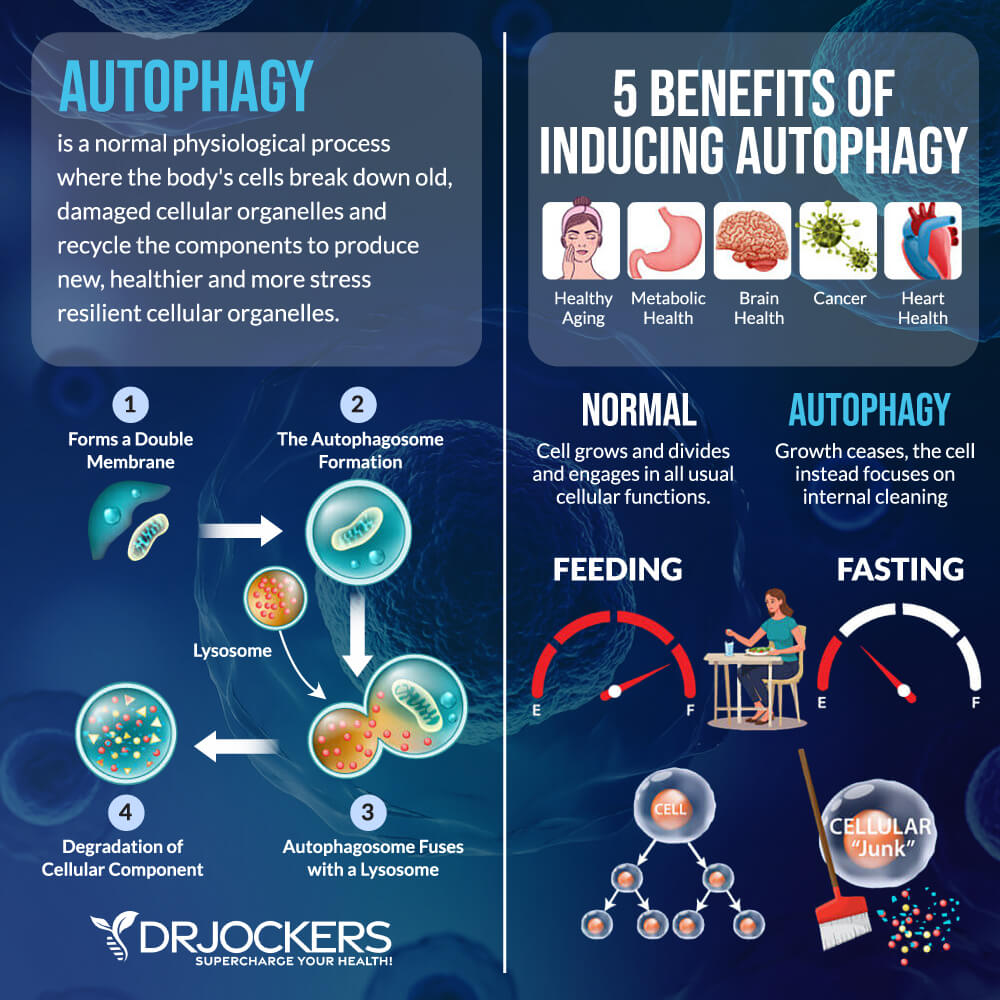
Benefits of Dry Fasting
Dry fasting has several potential health benefits. Let’s look at them one by one.
Reducing Inflammation
Chronic inflammation is the root cause of most chronic pain and disease. Fasting will help to reduce inflammation in your body. This may help to improve your immune system and prevent the risk of inflammatory conditions and other diseases, including inflammatory bowel disease (IBS), Alzheimer’s disease, or cancer (6).
Improved Cognitive Function and Protection
We all want to feel mentally sharp and have a better memory. Intermittent dry fasting may lead to increased creation of neurons, improved brain plasticity, less neuronal excitotoxicity, and improved neuron protection against disease, degeneration, and dysfunction.
Research has shown that dry fasting may increase brain-derived neurotropic factor (BDNF) levels that help to promote the survival, health, and growth of neurons. Fasting may also improve ketone production and improve brain health as a result (7, 8).
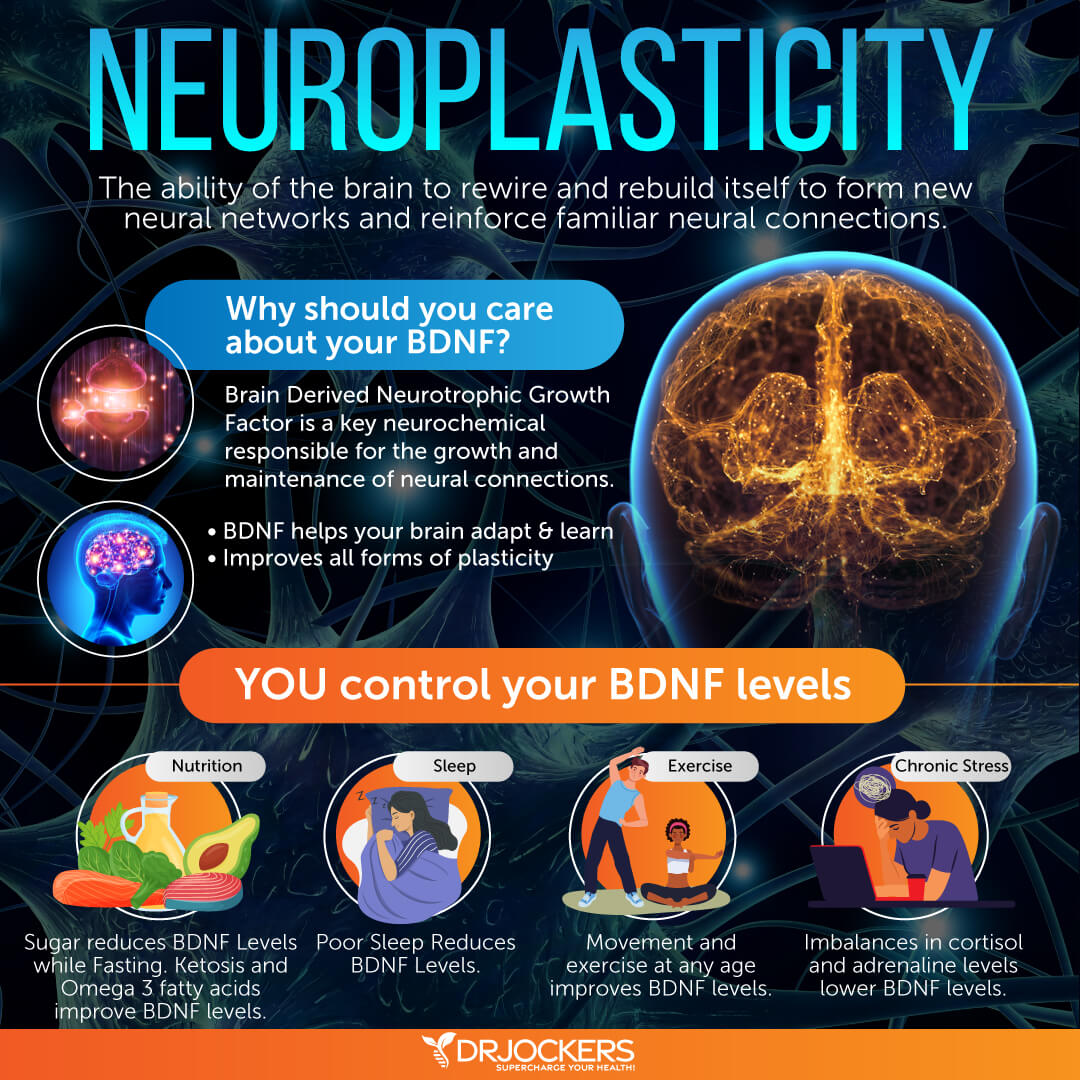
Improved Blood Pressure
Having high blood pressure puts extra strain on your arteries and can increase your risk of health problems. Dry fasting may help to improve your blood pressure levels. It is important to note that eating a ketogenic diet may have similar benefits, so dry fasting after getting into ketosis may help you to further improve your blood pressure (9).
Improve Heart Health
Heart disease is a global epidemic and causes one in every four deaths. Dry fasting may also decrease your risk of heart disease. Research has found that people who fast have a lower incidence of coronary heart disease than those who don’t (9, 10).
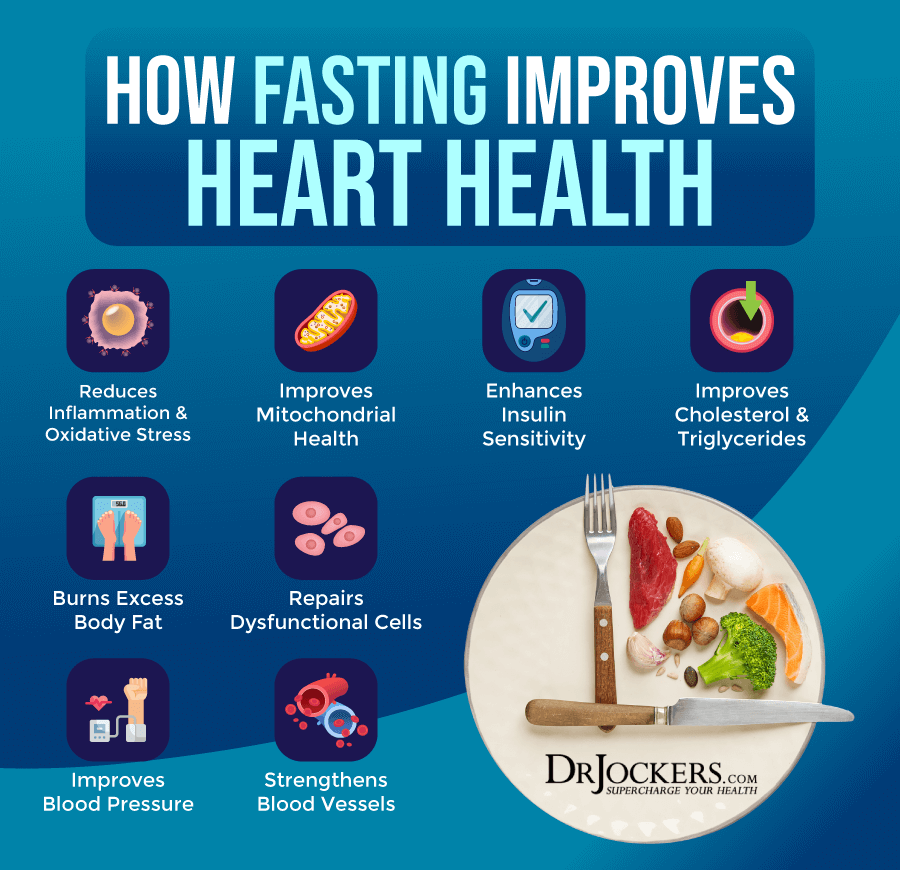
Balanced Lipids
Your lipids are building blocks of cellular membranes and help to maintain your health. Dry fasting may help to balance your lipid levels. It may improve your triglycerides and total cholesterol, increase your good cholesterol, and lower your bad cholesterol levels. As a result, it may benefit your overall health (11).
Glycemic Control
Blood sugar issues can lead to fatigue, weight problems, diabetes, and other chronic diseases. Dry fasting may help to balance and regulate your blood sugar levels. It may improve insulin sensitivity and decrease blood glucose levels in your body (12).
Preventing Diabetes
Nearly 10 percent of the US population has diabetes. Dry fasting may help to balance your blood sugar levels. As a result, it may help to prevent the onset of prediabetes or diabetes as well. Research has shown that dry fasting for 24 hours may decrease the risk of diabetes (13, 14).
Protecting Bone Health
Your bones support your entire body and help you to move. They also protect your internal organs, including your heart, brain, liver, kidneys, lungs, and intestines. Dry fasting may also lead to an increase of the parathyroid hormone (PTH) molecule. The PTH is responsible for bone formation, bone restoration, and healthy calcium levels. Hence dry fasting may help to protect your bone health (15).
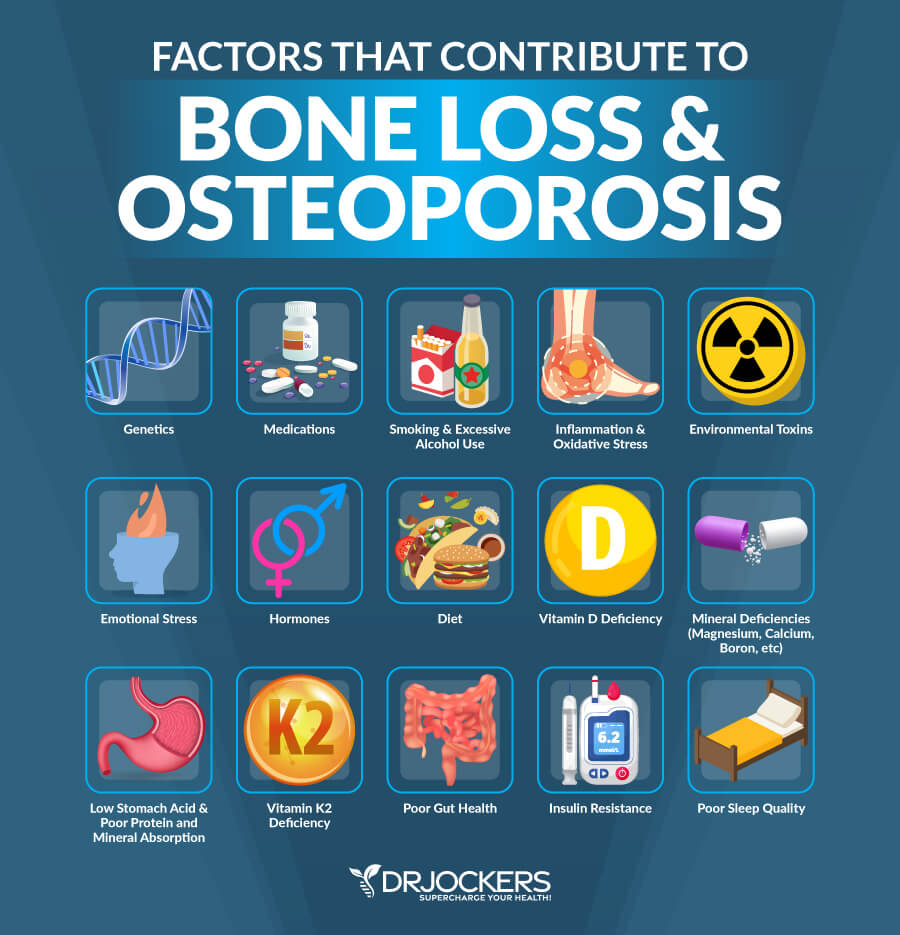
Intermittent vs Extended Dry Fasting
When it comes to dry fasting, there are two types of dry fasting you need to know about: intermittent dry fasting and prolonged dry fasting. Read on to learn more about them and see which one may be right for you.
Intermittent Dry Fasting
Intermittent fasting is a form of fasting when you refrain from food for a part of the day, often for 16 to 20 hours. Intermittent dry fasting prohibits water and liquids during the fasting window. During a 16/8 intermittent dry fast, you would be staying away from food and water for 16 hours and have an 8-hour window to eat or drink. During a 20/4 intermittent dry fast, you would be dry fasting for 20 hours with a 4-hour window to eat and drink.
Intermittent dry fasting is basically what Muslims do during Ramadan if they follow their traditional fasting rituals. They consume one meal, usually dinner late at night when it’s dark, and abstain from food and water for 10 to 22 hours a day depending on their region.
This practice may be the best approach if you are already familiar with and practicing intermittent fasting. It is also the safest way to experience health benefits without risking your health.
Prolonged Dry Fasting
Prolonged dry fasting is an extended fast when you go without food and water for over 24 hours. The practices done by Jewish people on Yom Kippur and by Mormons on Sundays are similar to prolonged dry fasting, however, they don’t tend to go over 24 or 25 hours at a time. Longer periods may result in the “Yom Kippur headache” or other side effects (16).
Some distinguish between a ‘soft’ and ‘absolute’ dry fast. During a ‘soft dry fast, you may come in contact with water during showering, swimming, or other activities. During an ‘absolute’ dry fast you avoid contact with all water as the bodies pores on our skin will allow water to enter into the body if we come in contact with it. At this point, there is no scientific data to say that an absolute dry fast has any more benefits compared to the soft dry fast.
While doing a prolonged dry fast may be right for some, it is certainly not for everyone. Always use common sense and talk to your healthcare professional to see if it’s safe for you.

Dry Fasting Stages
Dry fasting has two stages of fuel burning that you have to understand.
Stage #1: Burning Glycogen
This stage is particularly important to understand if you are not already fat-adapted from a ketogenic diet. If your body doesn’t have food or water available, it will burn up all its stored glycogen for fuel. This process may lead to some discomfort and side effects, such as fatigue or headaches.
Stage #2: Burning Fat
Once your body has burned up all the glycogen, it will start using fat as fuel. If you have already adapted to a ketogenic diet, reaching this stage may happen quickly or immediately. Using fat will help you enter ketosis, lower thirst, and prevent discomfort during your fast.
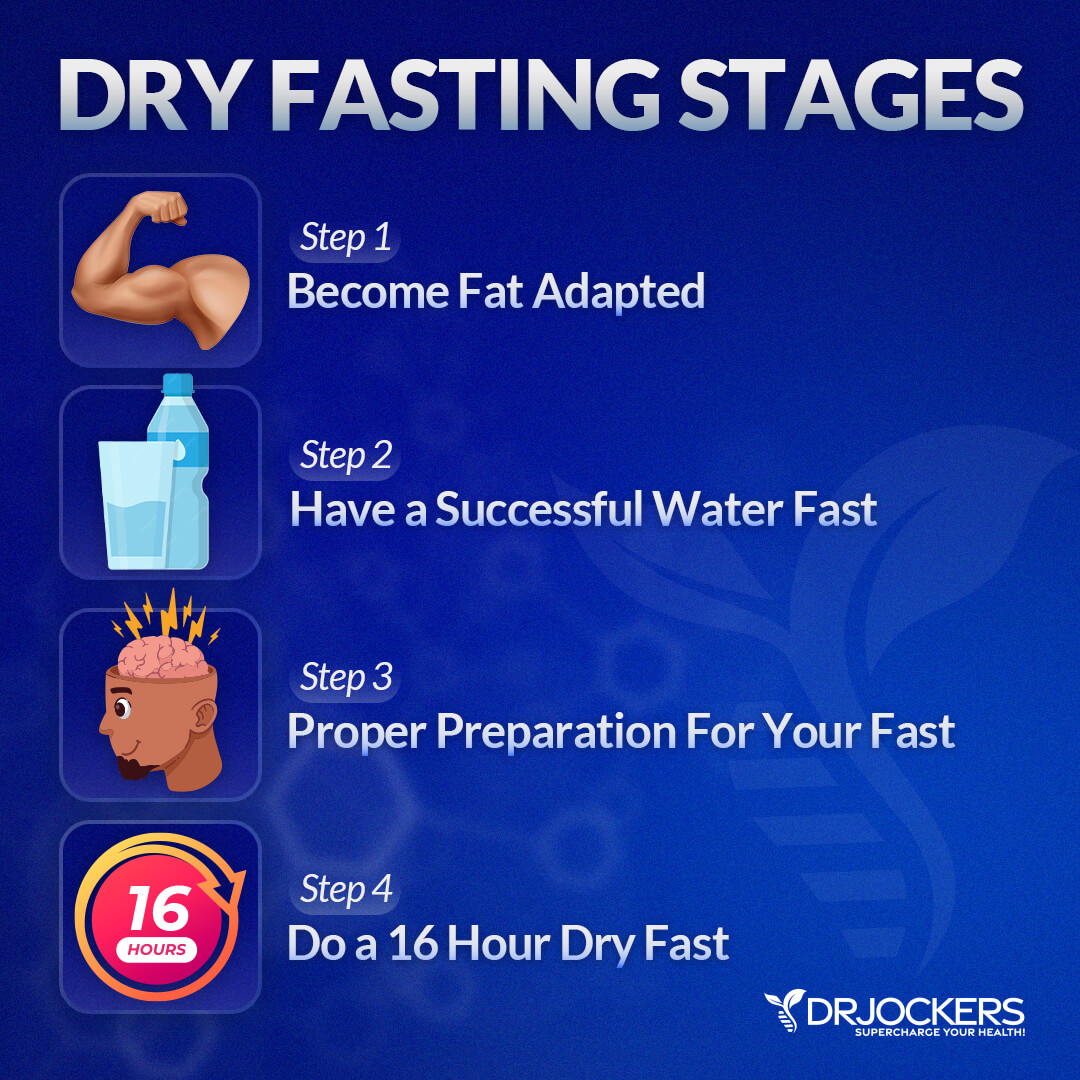
Dry Fasting the Right Way
Are you interested in dry fasting? Here is how you should do it.
Step #1: Become Fat Adapted
Before starting a dry fast, you need to teach your body to become fat-adapted and use fat as fuel instead of glucose. You can do this through a ketogenic, or keto diet. Getting fat or keto adapted before starting an extended fast will make the fast less uncomfortable. To learn more about the keto diet, I recommend this article.
Step #2: Try a Water Fast
Instead of jumping into a dry fast, see how your body responds to water fasting. I recommend that you try an extended water-based intermittent fasting, going for 20 hours without food or trying the One Meal a Day (OMAD) diet. You may learn more about OMAD here.
If your body responds well, you are ready to try a 24-hour or perhaps longer water fast. You may learn more about water fasting in this article. If you don’t experience any serious side effects but notice many benefits, you may be ready for a dry fast.
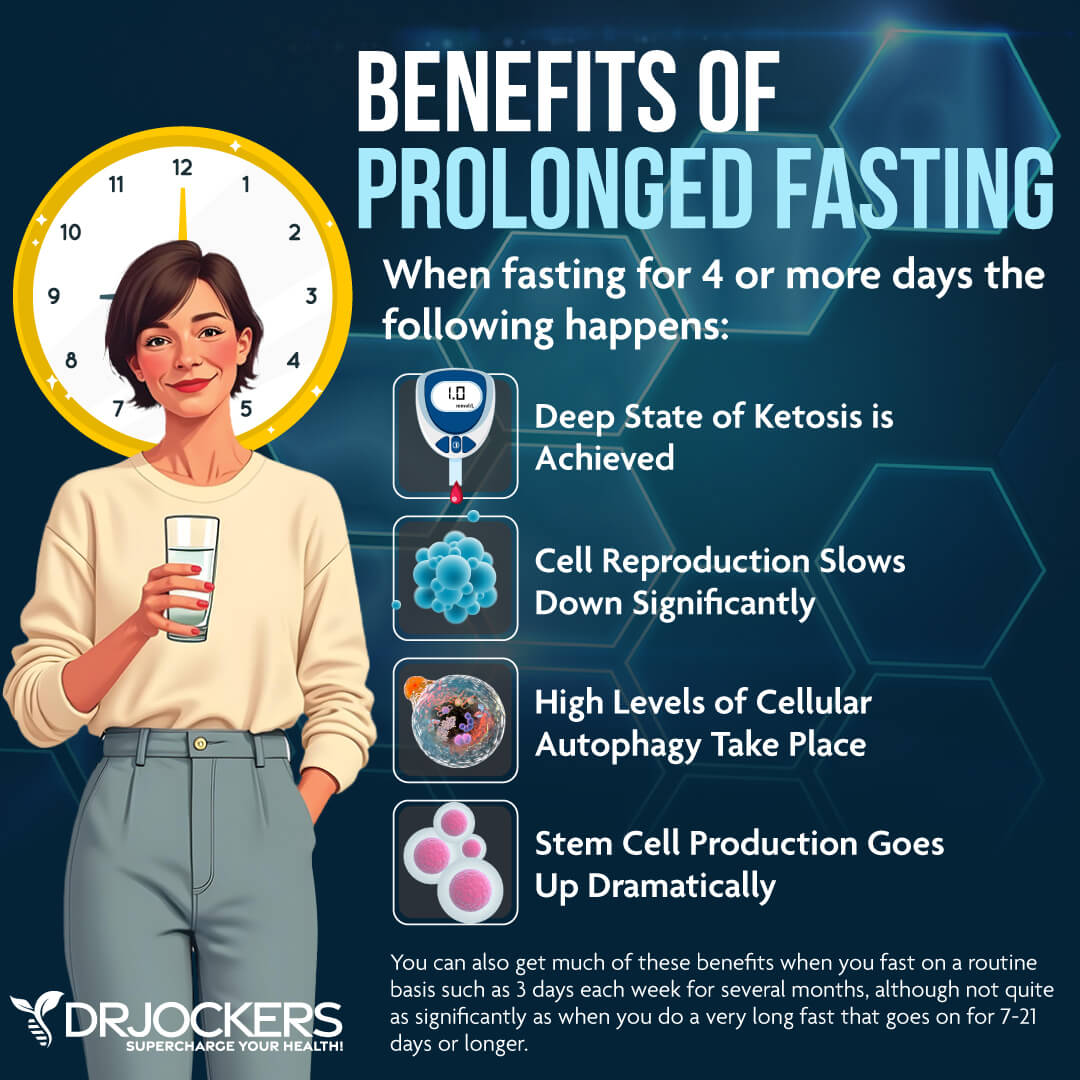
Step #3: Prepare for Your Fast
I recommend that you prepare at least one week in advance for your fast. Avoid caffeine or other stimulants. Eat a real food ketogenic diet and practice intermittent fasting to ensure a smooth and safe transition. You may learn about the real food keto diet here and intermittent fasting here.
Step #4: Stick to 16 Hours of Dry Fasting
If you are accustomed to intermittent fasting, you are familiar with going without food for 16 hours already. Try this going without drinking for 16 hours and rehydrating only for 8 hours. I don’t recommend that you go over 16 hours on your first dry fast.
You may repeat this the next day. Usually, people notice a difference within a few days. Overtime, you can extend this to a full 24 hours and see how you respond.

Focus on Self-Care
Grounding, getting some sunshine, movement, rest, self-care, reducing stress, and avoiding negativity are all important and can tremendously improve your fasting experience and further enhance your health. You may also learn more about and employ these strategies to prepare for your fast, I outlined in this article.
How Long Can You Dry Fast?
For intermittent dry fasting, I recommend 16 hours per day since it is the most researched method. However, there is no evidence that it is safer or more beneficial than a shorter fast. There is also no evidence that going over 24 hours of fasting have increased benefits. My assumption is that the longer the dry fast the more benefits you will get.
Now that you know how to dry fast the right way, the question is: Should you try this? Let’s dig in to see if dry fasting is right for you.
Who Should Dry Fast?
People who may want to try dry fasting include:
- Those who are already fat-adapted.
- Those with plenty of experience with extended fasts and water fasts without experiencing any side effects or health complaints.
- Those who aren’t prone to headaches or migraines and aren’t dependent on caffeine.
- Those without any eye-related health issues.
Who Shouldn’t Dry Fast?
People who should not dry fast include (15):
- Those without any fasting experience or those who have only done juice fasts, partial fasts, or very little intermittent fasting.
- People who are prone to headaches or migraines as dry fasting may trigger these issues.
- Those who are dependent on caffeine, to avoid withdrawal.
- Those with glaucoma, cataracts, dry eye syndrome, or other eye diseases, as dry fasting may feed these conditions.
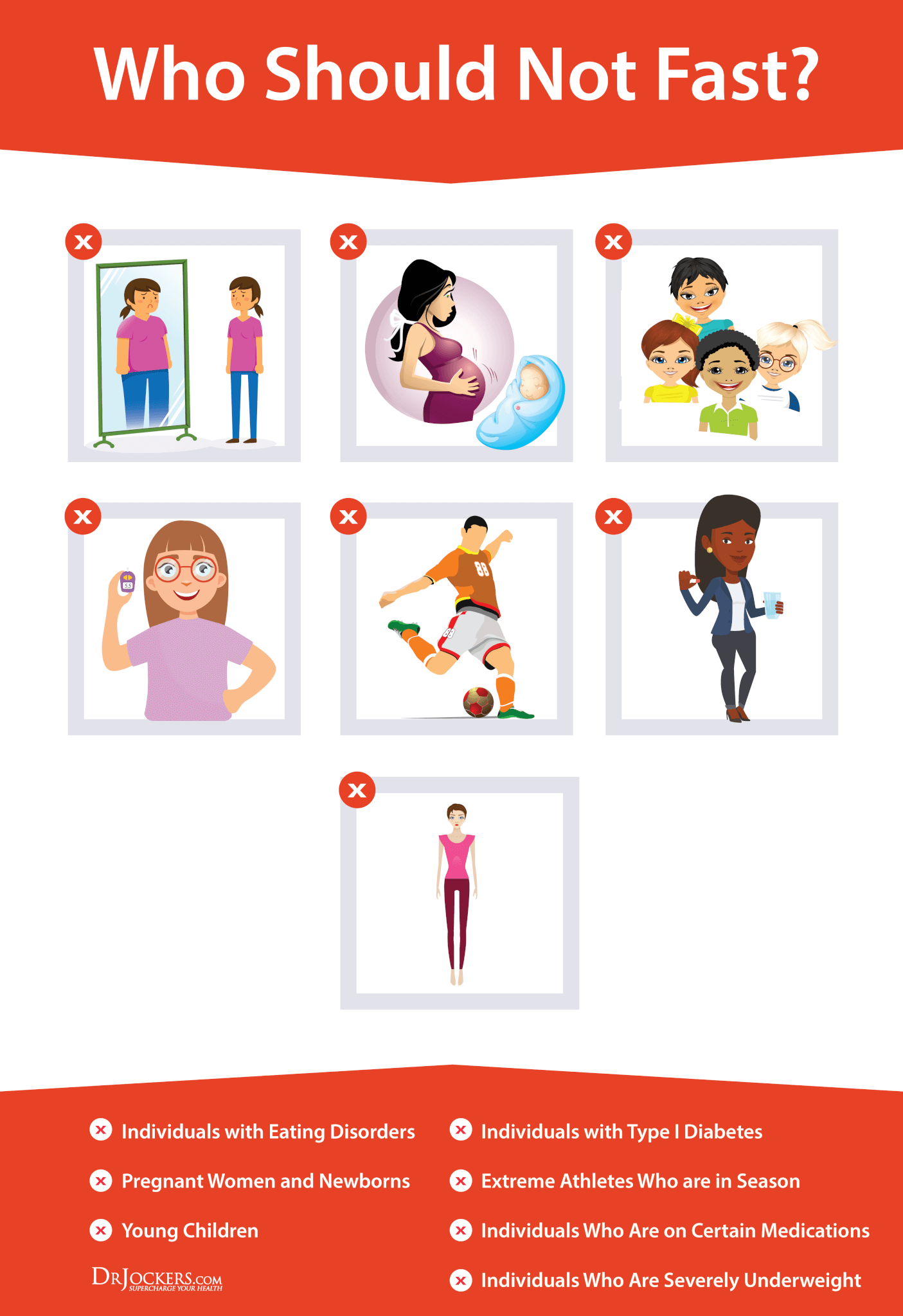
Fasting Transformation Book
If you want to improve your metabolic health and burn fat, improve your brain and overall energy levels…intermittent and extended fasting are incredibly powerful strategies.
That is why I want to introduce you to my best-selling book, The Fasting Transformation. It goes into the most recent scientific research and strategies for implementing intermittent and extended fasting into your life.
This book is the best book on fasting the world has ever seen and I have read them all! It is now, my great honor to present this to you and I am deeply appreciative of your support!
Metabolic Autophagy & Cellular Healing Masterclass
Autophagy is the body’s innate mechanism for deep cellular healing and repair and it helps us reduce the effects of aging, inflammation and cellular damage.
The Nobel Prize in 2016 was awarded to the Japanese researcher Yoshinori Ohsumi for his breakthrough work in helping us understand the process of autophagy and how it works. If you are struggling with your health or desire to optimize your health, activating the appropriate amount of autophagy is a critical component.
This masterclass will give you in-depth video trainings along with image-rich, research-based guides to help you understand the tools and strategies to unlock your body’s dormant healing potential. You will also learn my signature 6-week Metabolic Reset Cycle that will show you how to utilize advanced nutrition strategies for deep cellular healing!
Check out the masterclass here where you will learn my best action steps for optimal healing!
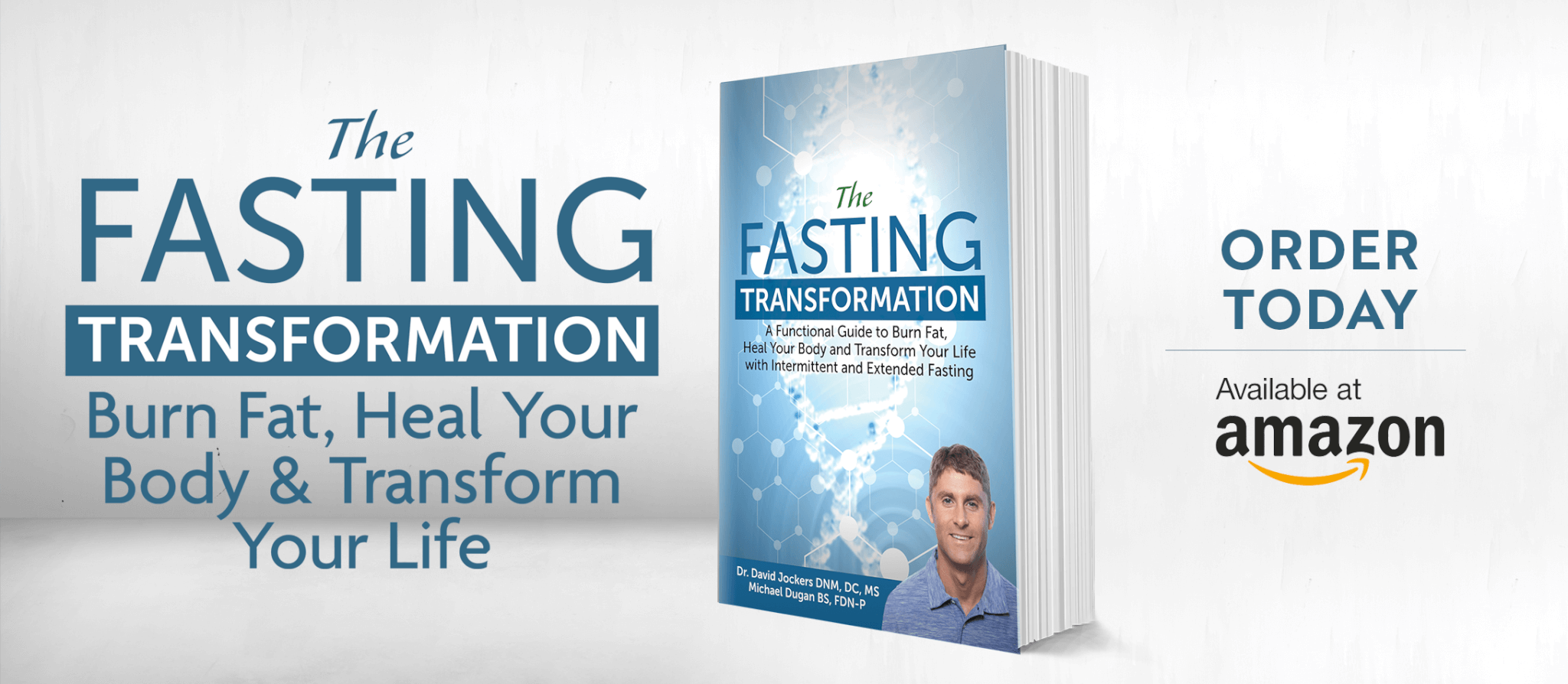
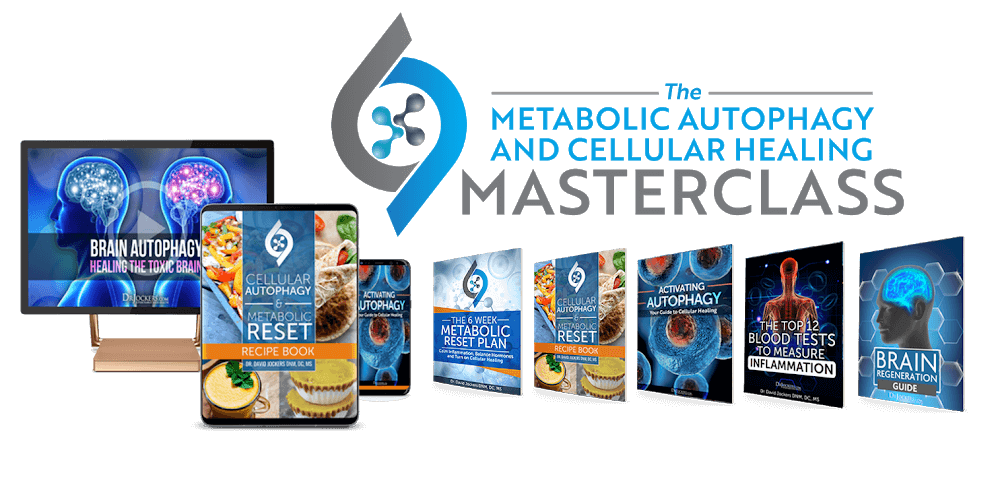



I am amazed with the details in the article. One regret I have is not seeing Hinduism mentioned in most of western articles for quoting any health benefits in fasting or other information on health. Hinduism is the older religion that is still thriving and has excellent Ayurvedic text that advocate the benefits of dry fasting that we observe on the 11th day of new moon and full moon called Ekadashi for a while 36 hours and there is a procedure to begin and end the fasting, all having written records going back to a millennia. You quoting other relatively new religions and leaving the ancient one seems you are biased and that must not be the case for any rational researcher.
Thanks for sharing Maha! If you have a good quote from a Hindu text we can include that.
Nowadays there is little doubt that systemic fasting (from intermittent 16/4 to multi-day) is crucial fundamental modality necessary for huge number of health improvements/rejuvenation effects. This article is very thorough in addressing those benefits. Yet, dr Jockers – as far as I understood – that is ZERO evidence comparing benefits of specifically dry fasting vs regular fasting (with water). One can reasonably conclude that ignoring dry fasting and sticking with regular fasting would deliver same or better benefits. Especially that prolonged (2+ days) fasting is possible only with water and it delivers much more impactful benefits, which are not possible with dry fasting. Any comment? Thanks.
Yes this is correct George. There is some evidence on 16 hour dry fasts that Muslims practice during Ramadan. But nobody has to practice dry fasting and you can get the same benefits (although not as quickly) doing a water fast!
I am doing government job How to keep myself clean during hard dry fast because during that time I don’t brush my teeth and also don’t take bath
It would be best to do this sort of fast on your days off rather than while working.